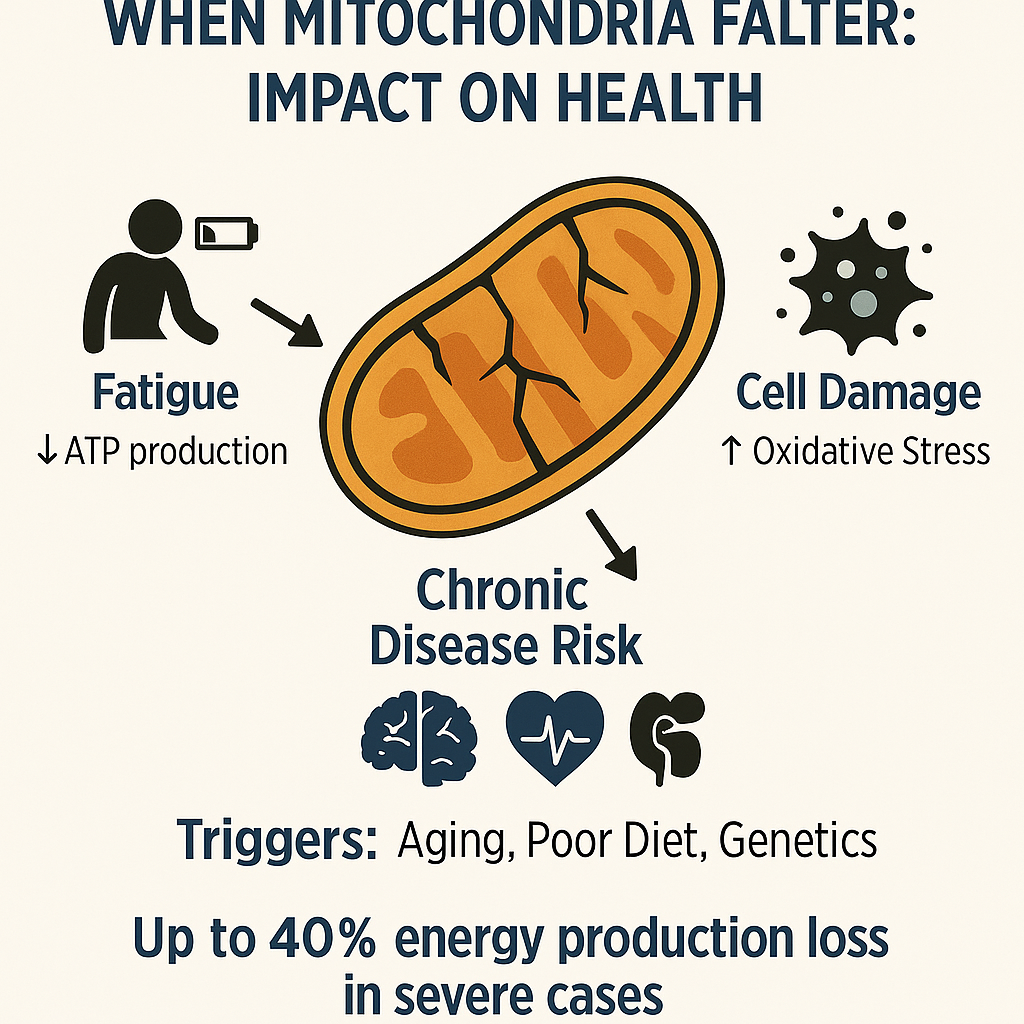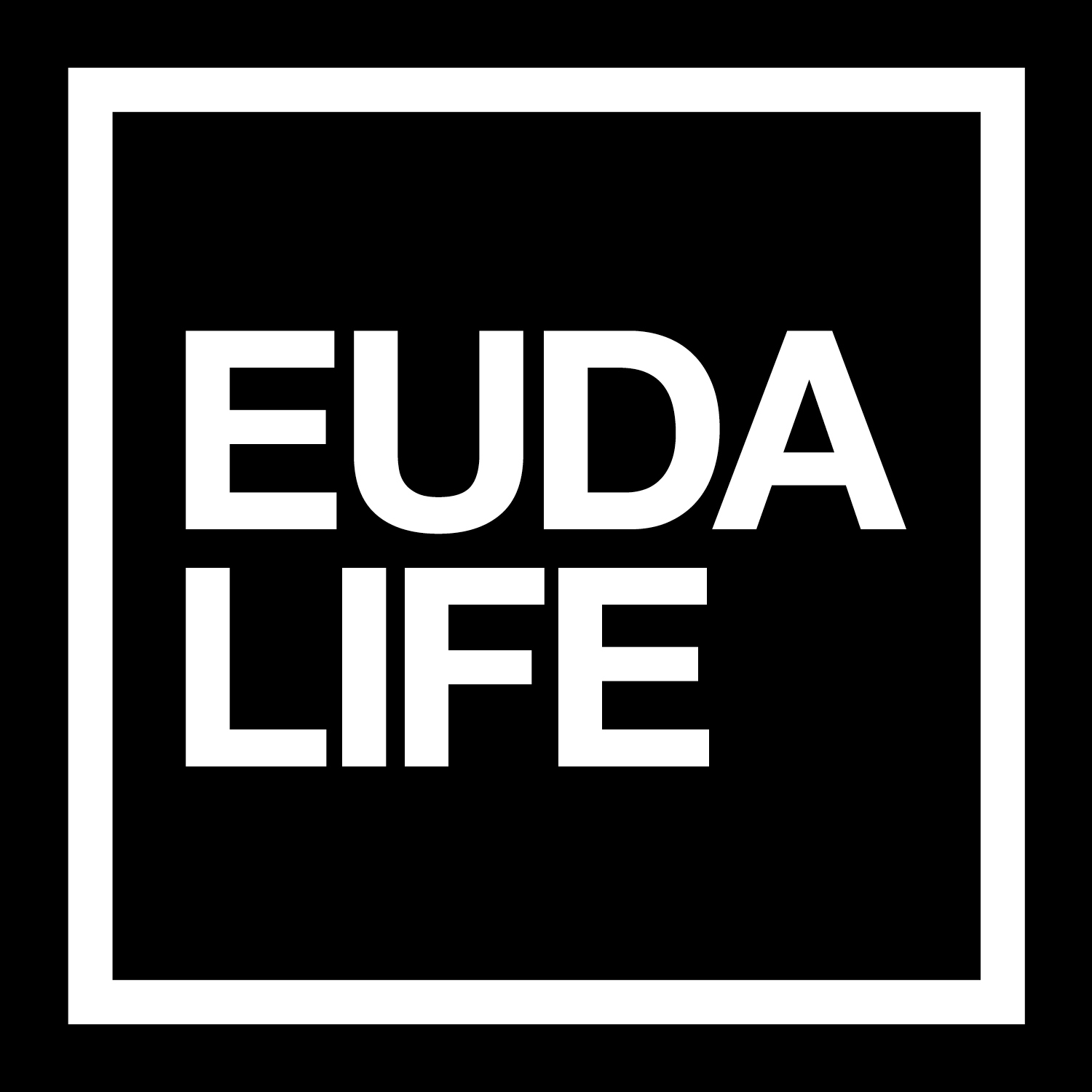You can boost your mitochondria. Imagine tiny power plants inside your cells, fueling every heartbeat, thought, and step. These are your mitochondria, generating ATP—your body’s energy currency. When they falter, fatigue and disease can take hold. Enter photobiomodulation (PBM), a light-based therapy that recharges mitochondria naturally. This guide explores how mitochondria power your life, why dysfunction happens, and how PBM can revitalize your cells. Backed by recent research, you’ll learn actionable ways to boost energy and health. Let’s power up!
Table of contents
- What Are Mitochondria and Why Do They Matter?
- When Mitochondria Falter: Signs of Dysfunction
- Photobiomodulation: A Light-Powered Boost
- PBM in Action: Health Benefits Unveiled
- The Science of Light and Mitochondria
- FAQ: Your Mitochondria Questions Answered
- Conclusion: Power Up Your Cells Today
- Reclaim Your Health & Vitality with EudaLife Magazine
What Are Mitochondria and Why Do They Matter?
Mitochondria are the energy factories in your cells, producing ATP through oxidative phosphorylation. Beyond energy, they regulate cellular cleanup, communication, and immune responses. A 2024 study in Scientific Reports highlights mitochondria’s role in generating over 85% of cellular energy, making them vital for survival (Nature, 2024).
How Mitochondria Keep You Alive
- Energy Production: ATP powers muscles, brain, and organs.
- Cellular Cleanup: Recycle damaged components for efficiency.
- Immune Support: Signal immune responses to combat pathogens.
Mitochondria dynamically divide and fuse to maintain efficiency, a process disrupted by stress or aging. Without them, your body couldn’t function.
When Mitochondria Falter: Signs of Dysfunction
Mitochondrial dysfunction occurs when these factories fail, causing energy shortages and cellular damage. A 2024 Cells study links dysfunction to chronic fatigue and neurodegenerative diseases, noting it affects up to 40% of energy production in severe cases (MDPI, 2024).
Symptoms and Risks
- Fatigue: Reduced ATP leaves you drained.
- Cell Damage: Oxidative stress harms tissues.
- Disease: Linked to Alzheimer’s, diabetes, and cardiovascular issues.
Triggers include aging, poor diet, or genetics, leading to cell death and health decline.

Photobiomodulation: A Light-Powered Boost
Photobiomodulation (PBM) uses red and near-infrared light to enhance mitochondrial function. A 2024 Photochemistry and Photobiology study found PBM increases ATP production by up to 25% in treated cells (Wiley, 2024). It’s a non-invasive way to recharge your cells.
How PBM Works
- Energy Boost: Enhances ATP synthesis for better cell performance.
- Damage Reduction: Lowers oxidative stress, protecting cells.
- Balance: Supports healthy mitochondrial dynamics.
Experts like Dr. Paulo de Sousa emphasize PBM’s safety and efficacy for cellular health.
PBM in Action: Health Benefits Unveiled
PBM shows promise across multiple conditions, backed by recent studies. It’s transforming how we approach cellular health.
Proven Benefits
- Brain Health: A 2024 Cells study found PBM improved cognitive function in Alzheimer’s models by 12% (MDPI, 2024).
- Diabetes: Enhances insulin sensitivity, per Scientific Reports (Nature, 2024).
- Wound Healing: Speeds recovery by 20%, per Photochemistry and Photobiology (Wiley, 2024).
PBM Benefits Table
| Condition | PBM Effect | Study Source (2024) |
| Alzheimer’s | Improves cognition | Improves cognition Cells (MDPI) |
| Skin Wounds | 20% faster healing | Photochemistry and Photobiology |
| Diabetes | Better insulin sensitivity | Scientific Reports (Nature) |
The Science of Light and Mitochondria
Mitochondria absorb red and near-infrared light via cytochrome c oxidase (CCO), boosting ATP production. A 2024 Scientific Reports study confirms CCO activation increases energy output by 18% within hours (Nature, 2024).
Light Meets Power
- Absorption: CCO captures light to enhance ATP synthesis.
- Efficiency: More ATP improves cellular function.
- Protection: Reduces oxidative damage.
This light-mitochondria synergy offers a unique, science-backed health solution.
FAQ: Your Mitochondria Questions Answered
FAQ: Your Mitochondria Questions Answered
It’s when mitochondria produce less ATP, causing fatigue and diseases like Alzheimer’s or diabetes (MDPI, 2024).
PBM boosts ATP production and reduces oxidative stress, enhancing cellular health (Wiley, 2024).
Yes, 2024 studies confirm it’s non-invasive with minimal side effects (Nature, 2024).
It increases ATP by up to 25%, combating fatigue naturally (Wiley, 2024).
Conclusion: Power Up Your Cells Today
Mitochondria fuel your body, but dysfunction can dim their spark. Photobiomodulation offers a natural, light-based solution to boost ATP, reduce damage, and restore balance. With benefits for brain health, diabetes, and wound healing, PBM is a game-changer. Try a PBM device or consult a specialist to energize your cells and boost your mitochondria! Explore EudaLife’s guides for more cellular health tips!
Reclaim Your Health & Vitality with EudaLife Magazine
Welcome to EudaLife Magazine, your trusted source for reclaiming health, vitality, and peak performance in the modern world. Blending ancient wisdom with cutting-edge science, we deliver expert-backed insights on wellness, longevity, biohacking, mental resilience, and holistic living. Get your copy of our inaugural issue today to support unfiltered health information, small businesses, and American publishing.
